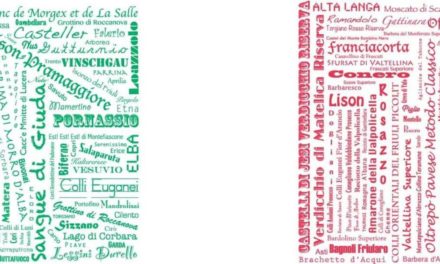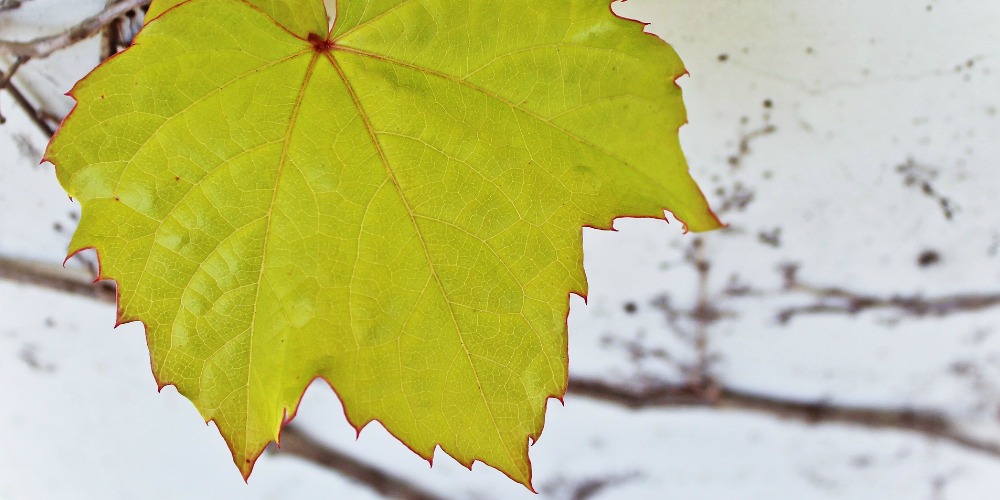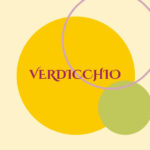Surprise! You can also find wines in Marche! The region boasts approximately 11,000 wine companies and 18,000 hectares under vines. Vineyards stretch across the hills from north to south, with 35% of them classified as organic (making it the second region, after Calabria, with the most organic vineyards in Italy). The region is comprised of 70% hills and 30% mountains, which is quite interesting for wine production.
In 2012, wine production reached 917 thousand hectolitres, with 337,822 hectolitres classified as PDO and 225,582 hectolitres as PGI. The total wine revenue reached 80 million Euros, with 50 million Euros coming from exports. Today, Marche produces approximately 800 thousand hectolitres (as of 2022). In 2022, the export value of Marche wines exceeded 75.6 million Euros (a remarkable year for Marche wine exports), marking a +25.9% increase in turnover compared to 2021.
The United States is the largest market for Marche wines, with exports worth over 19.3 million Euros (+83.1% turnover compared to 2021 and constituting 23.6% of Marche wine exports). Germany represents the second-largest global market (and the largest European market) for Marche wines. In essence, 2 out of every 10 bottles of Marche wines are enjoyed by German “end-drinkers”.
Marche is known for its predominance of white wines, with Verdicchio dei Castelli di Jesi taking the lead, producing over 134,600 hectolitres. Equally significant is the presence of red wines, with Rosso Piceno standing out, producing over 64,000 hectolitres.
Marche wines will pleasantly surprise you! This region is not the “forgotten cousin” of other famous Italian regions. It offers a delightful variety of indigenous grape varieties. Don’t miss out on Marche wines!
Marche wines
Marche has 1 IGT, 5 DOCG and 15 DOC wines. If you don’t know what I’m talking about, read more about the Italian wine classification here. You can find a list of Marche wines below:
IGT Wines (PGI Wines)
-
- Marche IGT
DOCG Wines (PDO Wines)
-
- Castelli di Jesi Verdicchio Riserva – approximately 6,600 hectolitres produced per year
- Cònero – approximately 9,323 hectolitres produced per year
- Offida – approximately 31,000 hectolitres produced per year
- Verdicchio di Matelica Riserva – approximately 1,900 hectolitres produced per year
- Vernaccia di Serrapetrona – less than 1,000 hectolitres produced per year
DOC Wines (PDO Wines)
-
- Bianchello del Metauro – approximately 10,000 hectolitres produced per year
- Colli Maceratesi – approximately 7,000 hectolitres produced per year
- Colli Pesaresi – approximately 7,000 hectolitres produced per year
- Esino – less than 1,000 hectolitres produced per year
- Falerio – approximately 31,000 hectolitres produced per year
- I Terreni di Sanseverino – less than 1,000 hectolitres produced per year
- Lacrima di Morro or Lacrima di Morro d’Alba – approximately 14,900 hectolitres produced per year
- Pergola – less than 1,000 hectolitres produced per year
- Rosso Cònero – approximately 4,000 hectolitres produced per year
- Rosso Piceno o Piceno – more than 64,000 hectolitres produced per year
- San Ginesio – less than 1,000 hectolitres produced per year
- Serrapetrona – less than 1,000 hectolitres produced per year
- Terre di Offida – less than 1,000 hectolitres produced per year
- Verdicchio dei Castelli di Jesi – more than 134,600 hectolitres produced per year
- Verdicchio di Matelica – approximately 19,600 ettolitri hectolitres produced per year
GRAPE VARIETIES GROWN IN MARCHE
WHITE
-
- Verdicchio Bianco
- Passerina
- Incrocio Bruni 54
- Pecorino
- Maceratino (Ribona)
- Biancame (Bianchello)
- Grechetto
- Manzoni Bianco
- Malvasia Bianca di Candia (Malvasia)
- Malvasia Bianca Lunga (Malvasia)
- Montonico Bianco (Montonico, Mantonico)
- Trebbiano Toscano
- (…)
RED
-
- Lacrima
- Montepulciano
- Sangiovese
- Vernaccia Nera
- (…)
Ready for the wine tasting? 😃🍷











